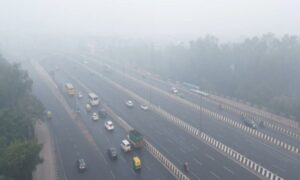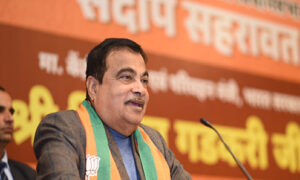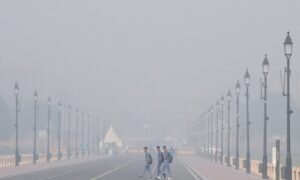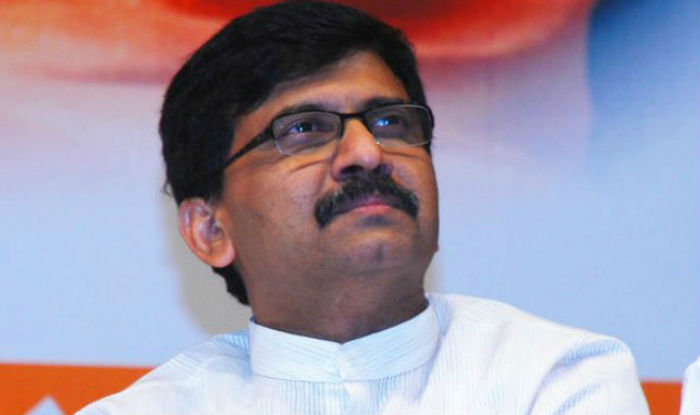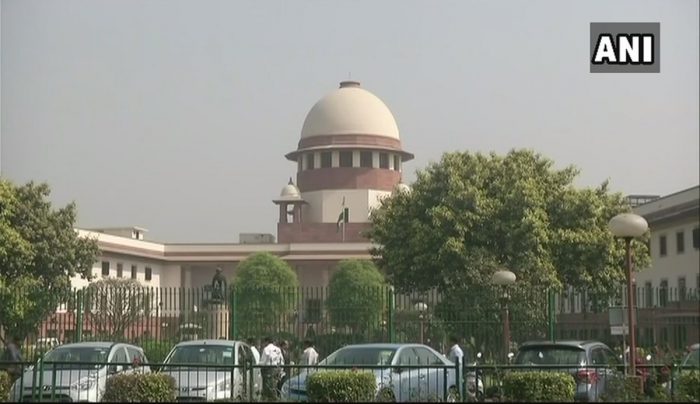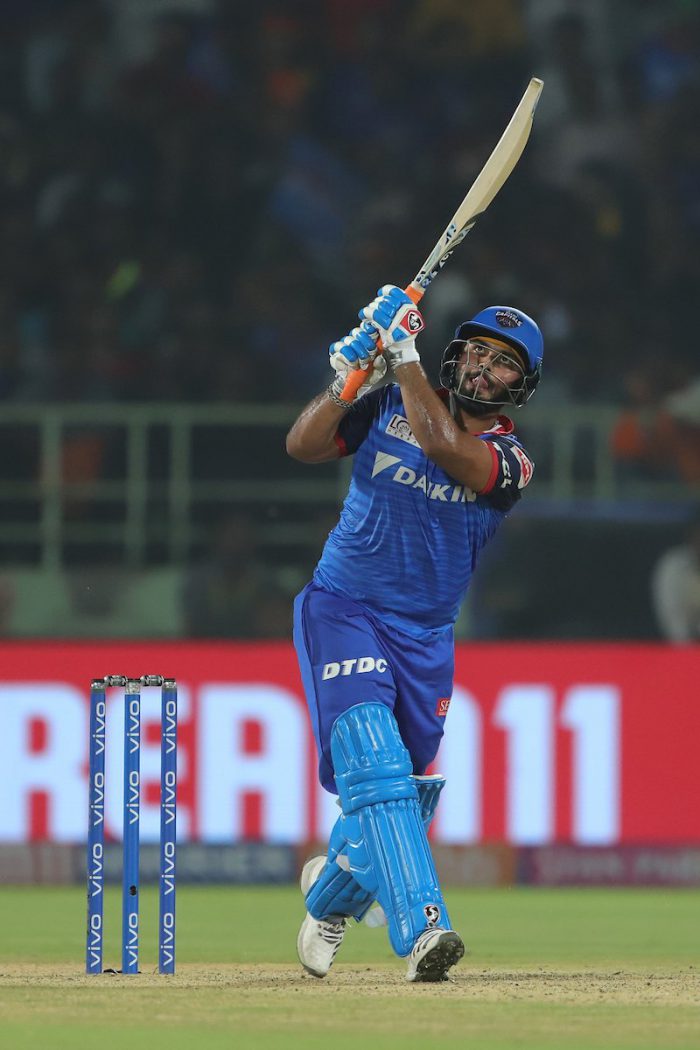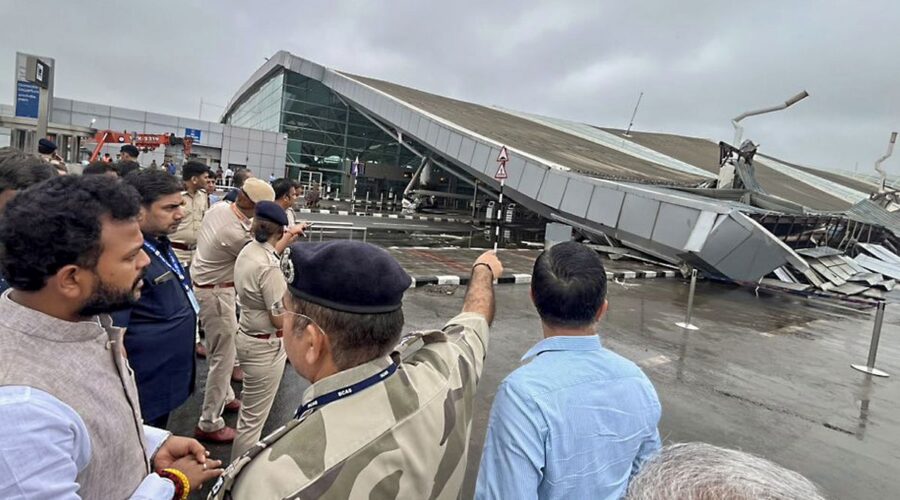
Recently, when the national capital recorded its highest single-day rainfall in 88 years, it was crazy. Everything came to a stand-still. Delhi was worse hit with scary waterlogging everywhere. The toll in rain-related deaths across Delhi rose to 11 as two children died due to electrocution in North West Delhi.
The national capital received heavy rainfall for the first time after 1936, recording 228 mm of rain in just 24 hours. The L-G immediately ordered the setting up of 24X7 emergency control room and desilting works to be completed on war-footing. Unfortunately, the situation could have been avoided with proactive approach, since this has been a regular scenario lately.
A portion of the canopy at the departure area of Delhi’s airport Terminal 1 too collapsed early in the morning, killing a taxi driver and injuring eight people. All flight departures from the terminal were also temporarily suspended.
After Delhi recorded its highest ever single-day rainfall since 1936, the waterlogging highlighted a glaring issue in infrastructure. According to senior PWD officials and experts, key reasons are multiplicity of departments, lack of coordination, poor infrastructure, faulty design, and increasing population. Another major reason is the long-pending ‘Drainage Master Plan’, which is yet to be implemented owing to several problems such as the initial plan being rejected to poor response to tenders. At least 11 different agencies look after roads and drains. “There is no coordination among departments, for instance, there was confusion over which department the Barapullah drain falls under, we manage main storm water drains but domestic sewer water is often released into it. Due to this, the drain overflows and water comes onto the road,” said a senior PWD official.
Dr S Velmurugan, Senior Principal Scientist and Former Head, Traffic Engineering and Safety Division, Central Road Research Institute, said, “the drainage system was designed in 1976 and needs to be revamped. Desilting, deployment of pumps to drain out water are temporary plans, the government did not learn from last year’s flooding.” Anant Kumar, former PWD engineer-in-chief, said, “Delhi saw 228 mm rainfall. The city’s drainage system does not have the capacity (for this), it is also very old and the population is constantly increasing, there is a need for an integrated master plan.”
Undoubtedly, it is a clear case of callous attitude of the authorities with recurring situation every year. Until a strict action is initiated against the people/authority responsible for such a havoch, nothing will change. Public will be left at large, facing the brunt of the situation and authorities playing politics of blaming one another as usual. It is sad to see people losing their lives every year in same circumstances.
[the_ad id=”55722″]


